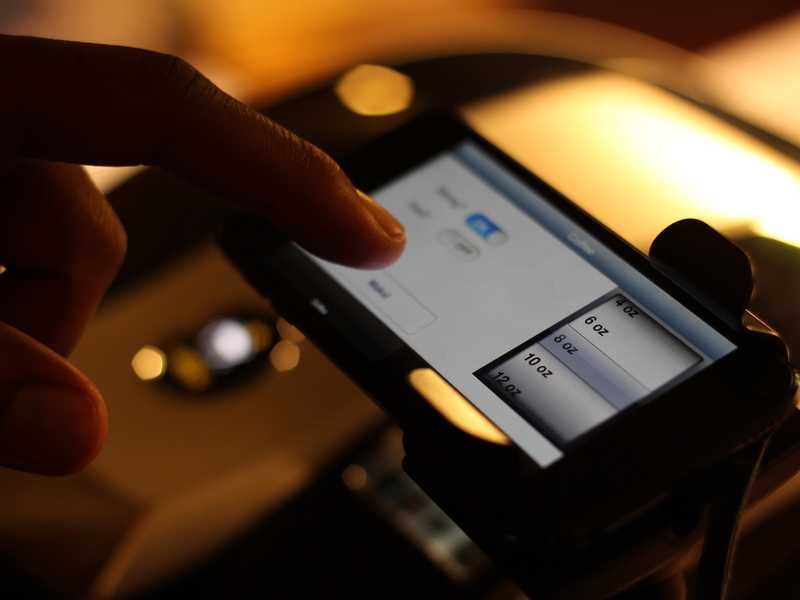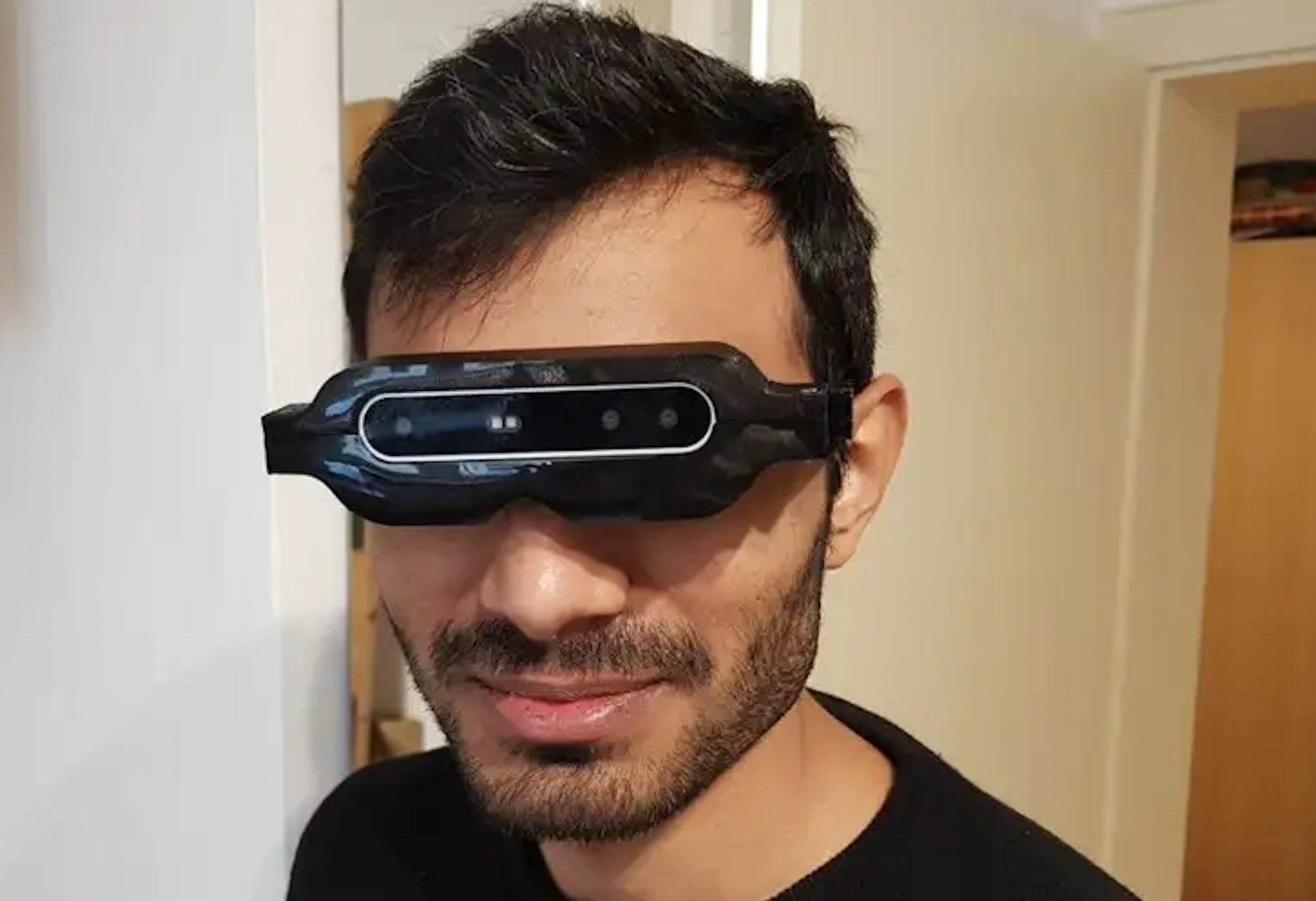Smart Glasses for the Visually Impaired: Innovations in Vision Support
Smart Glasses for the Visually Impaired: Innovations in Vision Support
Blog Article
Empowering Freedom With Assistive Technology for the Blind
The assimilation of assistive modern technology right into the lives of people with aesthetic problems stands for a significant improvement in advertising self-reliance and self-sufficiency. From innovative display viewers to advanced smart walking sticks, these tools not just enhance day-to-day navigation and interaction but additionally empower users to engage meaningfully in various aspects of life. As we explore the myriad advantages and real-world applications of these technologies, it ends up being crucial to take a look at the hidden factors that add to their effectiveness and the capacity for future growths in this crucial area.
Review of Assistive Innovation

The development of assistive innovation is grounded in concepts of inclusivity and empowerment. Developments in software, equipment, and sensory enhancements supply customers with alternatives customized to their certain needs. From screen viewers that transform text to speech, to tactile devices that convey information with touch, these tools transform the method people engage with their environments.
Along with functional applications, assistive innovation fosters higher social addition and engagement in different sectors, consisting of education and learning and employment (OCR devices for the blind). As research study and development remain to evolve, the possibility for assistive technology to better boost the lives of visually impaired people remains encouraging, leading the way for an extra equitable society where every person can grow
Sorts Of Assistive Devices
A range of assistive devices have actually emerged to support individuals with visual problems, each designed to meet particular requirements and boost everyday performance. These gadgets vary from low-tech solutions to high-tech developments, giving varied options for individuals.
Low-tech gadgets consist of magnifiers and large-print products that assist in reading and writing. Braille tools, such as Braille slates and stylus pens, enable tactile reading and communication. Orientation and mobility help, like white canes, assist users navigate their setting safely.
On the greater end of the range, digital magnification systems and display viewers offer significant assistance. Electronic magnifiers enable individuals to enlarge message and photos on displays, while screen readers transform electronic content right into manufactured speech, promoting accessibility to details on smart devices and computers.
Smart device applications additionally play a critical function, providing attributes like message recognition and navigating help. Wearable innovation, such as wise glasses equipped with augmented truth, is becoming an encouraging device to improve situational awareness.
Benefits of Assistive Modern Technology
The combination of assistive modern technology considerably boosts the lifestyle for people with aesthetic impairments. These modern technologies encourage customers by advertising self-reliance, allowing them to browse their settings better and do day-to-day tasks with greater convenience. As an example, screen viewers and magnifying software application enable people to access electronic information, fostering educational and professional chances that may have previously run out reach.
Moreover, assistive tools such as smart walking sticks and GPS applications supply real-time navigating assistance, boosting wheelchair and safety. This boosted freedom not only enhances self-esteem however likewise urges social engagement, permitting customers to take part even more totally in their neighborhoods.
Assistive technology also assists in interaction, assisting users connect with others through voice recognition and text-to-speech applications. This ability is crucial for keeping connections and accessing crucial info.
In addition, the personalization alternatives readily available with lots of assistive modern technologies guarantee that individuals can tailor gadgets to their specific demands, even more boosting use and effectiveness. In general, the benefits of assistive technology for people with aesthetic problems are profound, advertising an extra comprehensive culture where every person can seek their goals and aspirations.
Situation Research Studies and Success Stories
Highlighting the transformative effect of assistive innovation, countless study illustrate how individuals with visual problems have successfully incorporated these devices right into their day-to-days live. One compelling example entails an university student who made use of display analysis software to browse on-line sources and academic materials properly. This innovation not only promoted her education and learning but additionally improved her confidence in taking part in conversations and group tasks.
Another study features a professional that employs a smart device application designed for navigation and object recognition. By utilizing this application, he has actually regained freedom in both his individual and workplace, allowing him to commute separately and engage with colleagues better.
Additionally, a retired person shared her experience with braille e-readers, which enabled her to access a huge selection of literary works and stay attached with her neighborhood athletic glasses via publication clubs.
These success tales emphasize the vital duty of assistive innovation in cultivating independence, boosting top quality of life, and advertising social assimilation for individuals with visual problems (Screen readers for the blind). By accepting these ingenious tools, customers can conquer obstacles and take opportunities that contribute to their specialist and personal gratification

Future Trends in Assistive Innovation
Advancement in assistive technology is positioned to redefine the landscape of assistance for individuals with visual problems. Arising trends emphasize the combination of expert system (AI) and maker knowing, which enhance the capability of gadgets that help with navigation and info access. For instance, AI-driven applications are currently capable of translating visual data in real-time, enabling users to involve with their setting a lot more independently.
Furthermore, the advancement of wearable technology is progressing swiftly. Smart glasses outfitted contact lens eye test with augmented reality (AR) can offer audio summaries of environments, changing exactly how customers communicate with public rooms. These gadgets not only promote freedom however likewise foster social incorporation.
Furthermore, the Net of Points (IoT) is making homes smarter, permitting seamless connectivity in between daily appliances and assistive gadgets. This connectivity equips users by enabling voice-activated controls and computerized reactions tailored to private requirements.
Final Thought
In conclusion, assistive innovation plays a crucial function in encouraging people with visual problems by improving their freedom and interaction with their environments. The diverse series of applications and gadgets available not only promotes navigating and communication yet also advertises social assimilation and opportunities for personal and professional development. As innovations continue in this area, the capacity for enhancing the lifestyle for those with visual impairments will increase, cultivating better freedom and empowerment.

Report this page